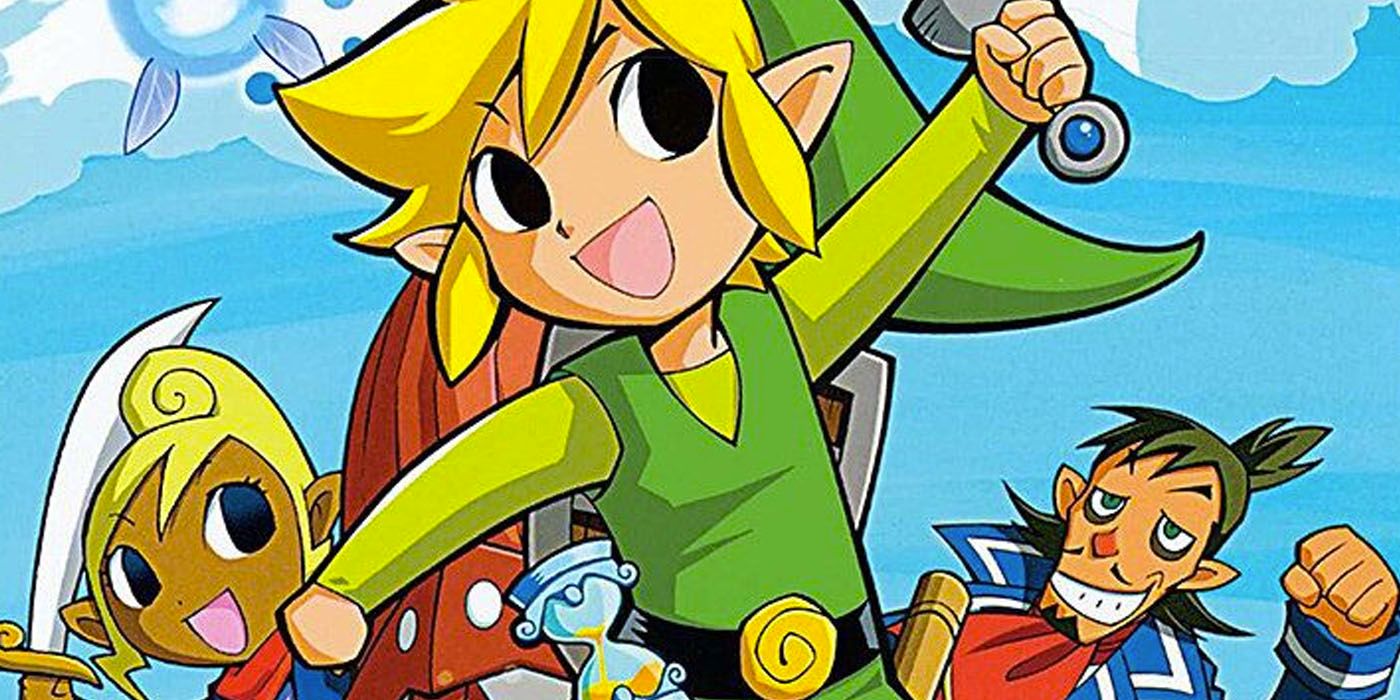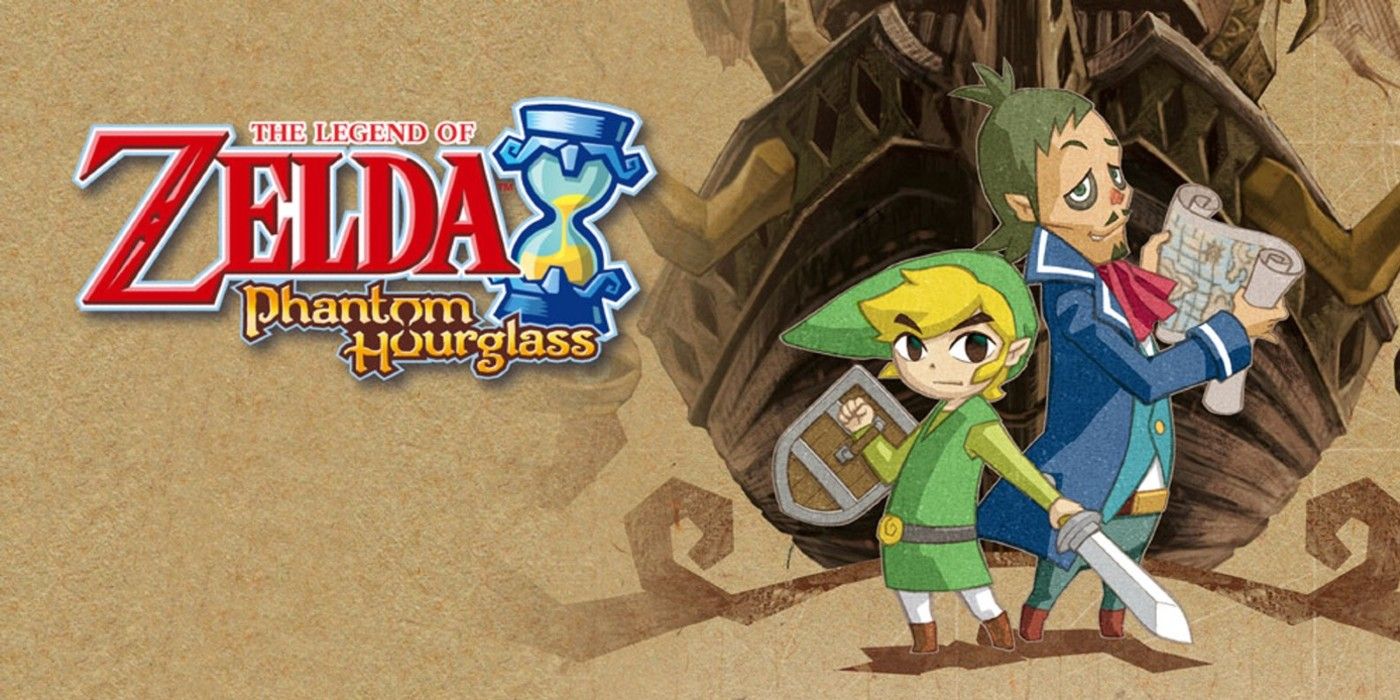
The Legend of Zelda has long been praised for its clever dungeons and puzzle design. Since the first game's release in 1986, the series has been a mainstay on every Nintendo console and become one of the developer's most popular franchises. Entries such as Ocarina of Time and Breath of the Wild are repeatedly highlighted as being among the best games of all time. However, neither of these games contain the franchise's best and most intuitive puzzles. That honor goes to one of the series' most under-appreciated titles -- The Legend of Zelda: Phantom Hourglass.
Phantom Hourglass was released for the Nintendo DS in 2007 as a sequel to the GameCube's The Legend of Zelda: The Wind Waker. It continued Link's adventures as he sailed across the seas to save his friend Tetra (Princess Zelda). It has its limitations and therefore is rarely held up as one of the series' best games. However, its puzzles should be considered amongst the cleverest and most brilliantly designed in the bunch.

The Nintendo DS was famous for its dual-screen and touch-screen capabilities. Alongside more traditional Zelda puzzles involving levers, keys and in-game items, Phantom Hourglass' puzzles made full use of the console's unique features. For example, players could interact with the game's environments by physically rubbing away dirt from old maps or drawing magical symbols to unlock doors via the touch screen. Other puzzles had players physically blowing into the DS' microphone to remove dust obscuring a vital clue. This new interactivity made these puzzles more immersive and fun to complete.
Granted, the game did have its flaws. The first thing its critics point out is that the frequent visits to Temple of the Ocean King could get fairly tedious. Players had to return to it every time they completed a dungeon, and progress back through it from the very start. This criticism is certainly valid, but the temple's saving grace was that it did contain some of the game's greatest puzzles.
The most notable of these puzzles gives players a sacred crest and tasks them to "Press [it] against the sea chart to transfer it." It sounds simple, yet this puzzle has cropped up numerous times in discussions surrounding Zelda's hardest puzzles. To complete this task, players had to physically close their DS, so that the top and bottom screens make contact, thus transferring the crest across. The satisfaction players got from figuring out this solution was elevated by its clever simplicity and interactivity.

It wasn't just these smaller, individual puzzles that made innovative use of the DS' features, though. The larger dungeons spanning several rooms and floors, which were puzzles in themselves, were also improved in Phantom Hourglass by the handheld's dual screen. For example, players could use the touch screen to draw markers and directions on maps, which could then be constantly accessed on the console's second screen. This interactivity helped to immerse players in Link's adventure, while also making the dungeons' maps both more accessible.
Phantom Hourglass isn't the only Zelda game to use a Nintendo's unique console features in puzzles. For example, Breath of the Wild uses the Switch's tilt controls in many of its shrines, and Twilight Princess makes constant use of the Wii's motion controls. The DS' capabilities, however, meant that Phantom Hourglass could go way beyond any of the others in terms of variety and intuitiveness.
Although The Legend of Zelda: Spirit Tracks later did a lot of similar things, Phantom Hourglass is the one that should be held up for initially revolutionizing the puzzling aspect of the Zelda games. The variety and creativity of the game's puzzles, alongside their immersive interactivity, should be held up as one of the high points across the entire Zelda franchise.
Source: Trendz OH
No comments:
Post a Comment